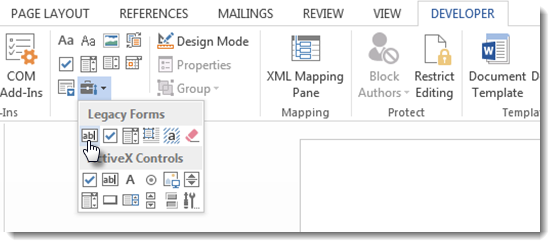
Pearson may offer opportunities to provide feedback or participate in surveys, including surveys evaluating Pearson products, services or sites. We use this information to complete transactions, fulfill orders, communicate with individuals placing orders or visiting the online store, and for related purposes. Online Storeįor orders and purchases placed through our online store on this site, we collect order details, name, institution name and address (if applicable), email address, phone number, shipping and billing addresses, credit/debit card information, shipping options and any instructions. We use this information to address the inquiry and respond to the question. To conduct business and deliver products and services, Pearson collects and uses personal information in several ways in connection with this site, including: Questions and Inquiriesįor inquiries and questions, we collect the inquiry or question, together with name, contact details (email address, phone number and mailing address) and any other additional information voluntarily submitted to us through a Contact Us form or an email. Please note that other Pearson websites and online products and services have their own separate privacy policies. This privacy notice provides an overview of our commitment to privacy and describes how we collect, protect, use and share personal information collected through this site. Pearson Education, Inc., 221 River Street, Hoboken, New Jersey 07030, (Pearson) presents this site to provide information about products and services that can be purchased through this site. Even if you don’t end up working manually with fields very often, this is not wasted study! The more you understand about how fields really work, the better you will be able to troubleshoot problems that may occur, or to tweak an individual field’s options to fit an unusual formatting need. This chapter delves into the technical nitty-gritty details that govern fields and shows you how you can select, insert, modify, and format fields to accomplish a variety of document-creation and formatting tasks. “Performing Math Calculations in a Table,” p. “Creating Citations and Tables of Authorities,” p. “Inserting Symbols and Special Characters,” p. Inserts an automatically numbered caption “Inserting a Cross-Reference to a Bookmark,” p. Inserts the number of the page containing the specified bookmark “Adding and Formatting a Page-Numbering Code,” p. Inserts an automatically updated page number “Working with Footnotes and Endnotes,” p. For example, when you insert a date or time and set it to be automatically updated, Word inserts a ,” p. Many people use fields in Word without even realizing it because so many of Word’s features automatically insert and modify fields.
CREATE FORM FIELDS IN WORD DOCUMENT THAT APPEAR IN PDF HOW TO
In this chapter, you see how fields work and how to insert them, and you find out how to use form fields to create forms. Yet another way to use fields is to create user-interactive forms. Perform an action, such as running a macro or opening a hyperlink in a web browser.


There are many different types of fields, each with a specific purpose, but they break down into three main categories. They help perform the magic involved with many of the most powerful features in Word, such as mail merging, indexing, automatic generation of tables of contents, automatic figure numbering, cross-referencing, page numbering, and more. Fields are the often-underappreciated placeholders that work behind the scenes in a document.


 0 kommentar(er)
0 kommentar(er)
